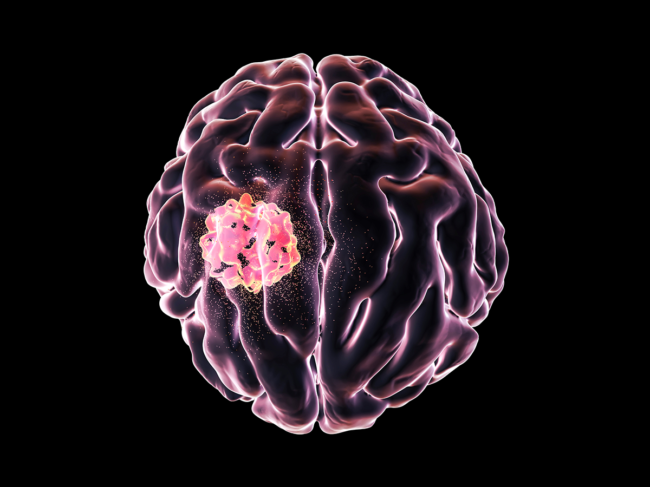
Items Tagged with 'epilepsy'
ARTICLES
Neurology/psychiatric
GW Research discovers new cannabinoid compounds to treat epilepsy and seizures
Read MoreNeurology/psychiatric
FKBP51 induces astrogliosis and seizures through NF-κB signaling, study shows
Read MoreNeurology/psychiatric
New preclinical data on NKCC1 inhibitor IAMA-6 in neurological disorder models
Read MoreNeurology/psychiatric




